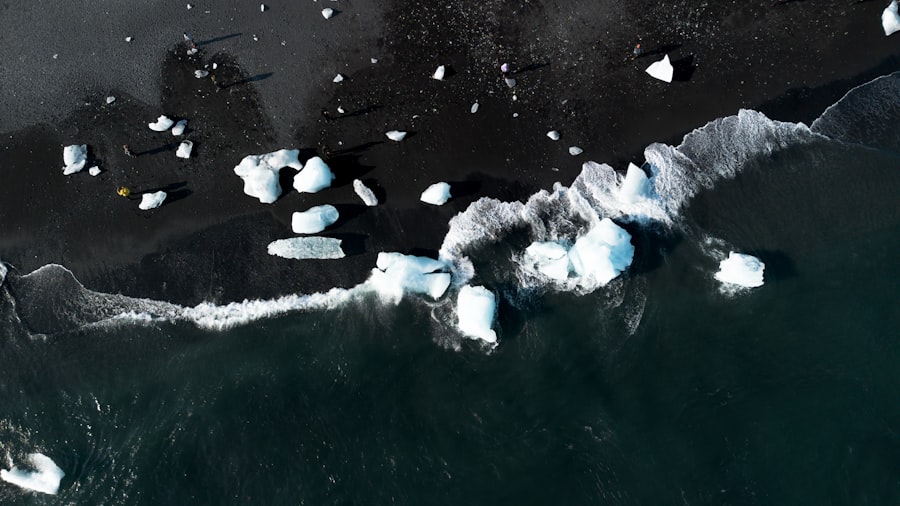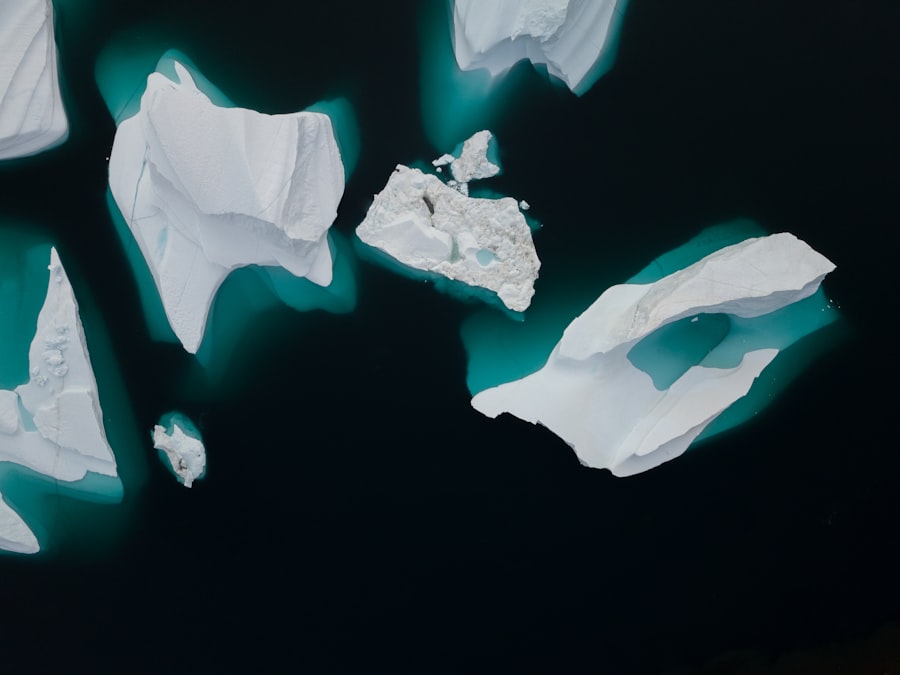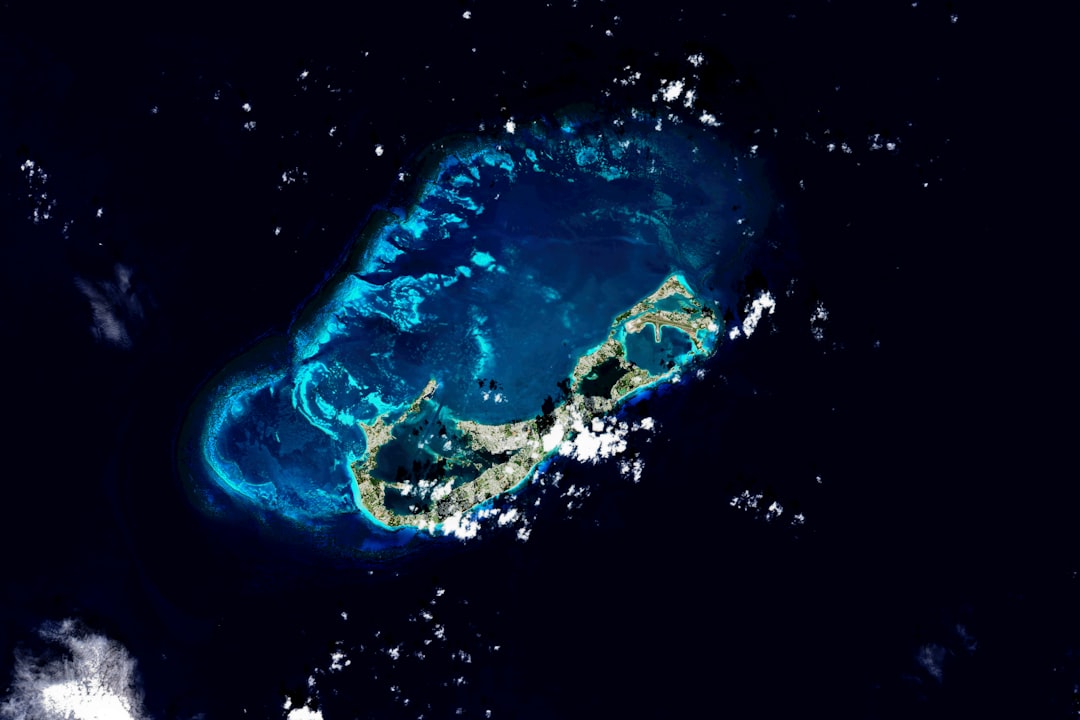The Drake Passage, a body of water located between the southern tip of South America and Antarctica, is renowned for its tumultuous seas and unpredictable weather. Named after the English explorer Sir Francis Drake, who navigated these waters in the late 16th century, the passage serves as a critical maritime route for vessels traveling to and from Antarctica. Stretching approximately 800 kilometers (500 miles) wide, it is often regarded as one of the most challenging maritime passages in the world.
The confluence of the Atlantic and Pacific Oceans creates a unique environment characterized by strong currents, high winds, and frequent storms, making navigation a daunting task for even the most experienced sailors. The Drake Passage is not only significant for its navigational challenges but also for its ecological importance. It serves as a vital corridor for marine life, including various species of whales, seals, and seabirds.
The nutrient-rich waters support a diverse ecosystem that plays a crucial role in the global marine food web. As climate change continues to impact oceanic conditions, understanding the dynamics of the Drake Passage has become increasingly important for scientists and researchers alike. The passage stands as a gateway to Antarctica, offering insights into the effects of climate change on polar regions and their far-reaching implications for the planet.
Key Takeaways
- The Drake Passage is a treacherous body of water located between the southern tip of South America and the northern tip of the Antarctic Peninsula.
- Exploring the Drake Passage is significant for understanding its unique ecosystem and its role in global ocean circulation.
- Navigating the Drake Passage presents challenges such as extreme weather conditions and rough seas, making it one of the most difficult maritime routes in the world.
- Satellite technology is revolutionizing exploration in the Drake Passage by providing real-time data on weather, ice conditions, and wildlife movements.
- Satellite imagery is crucial for studying weather patterns, ocean currents, and monitoring wildlife and marine life in the Drake Passage, aiding in safety and navigation.
The significance of exploring the Drake Passage
Exploring the Drake Passage holds immense significance for multiple reasons. Firstly, it serves as a critical area for scientific research, particularly in understanding climate change and its effects on marine ecosystems. The passage is a natural laboratory where researchers can study ocean currents, temperature variations, and the impact of melting ice from Antarctica.
By examining these factors, scientists can gain valuable insights into broader environmental changes that affect global weather patterns and sea levels. Moreover, the Drake Passage is essential for maritime navigation and trade routes. As shipping traffic to Antarctica increases due to tourism and scientific expeditions, understanding the passage’s unique challenges becomes paramount.
The data collected from explorations can inform safer navigation practices and enhance the efficiency of maritime operations in this treacherous region. Additionally, the passage’s ecological significance cannot be overstated; it is home to a rich diversity of marine life that is crucial for maintaining healthy ocean ecosystems. Protecting this biodiversity through informed exploration is vital for sustaining both local and global marine environments.
Understanding the challenges of navigating the Drake Passage

Navigating the Drake Passage presents numerous challenges that have historically deterred even the most seasoned mariners. The unpredictable weather patterns are perhaps the most daunting aspect; storms can arise suddenly, with winds reaching speeds of over 60 knots and waves towering up to 15 meters (50 feet). These conditions create a perilous environment for vessels, often leading to treacherous sailing experiences that can result in capsizing or other maritime disasters.
The combination of strong currents and shifting weather makes it imperative for navigators to possess not only skill but also an intimate understanding of the passage’s unique characteristics. In addition to weather-related challenges, the Drake Passage is also known for its complex ocean currents. The Antarctic Circumpolar Current flows through this region, creating a dynamic interplay between cold and warm water masses.
This current can significantly affect navigation routes and vessel stability.
Mariners must remain vigilant and adaptable, employing advanced navigational tools and techniques to safely traverse this formidable passage.
How satellite technology is revolutionizing exploration in the Drake Passage
| Aspect | Impact |
|---|---|
| Weather monitoring | Improved forecasting and safety for ships |
| Environmental monitoring | Helps in studying climate change and its effects |
| Navigation | Enhanced accuracy and safety for vessels |
| Scientific research | Facilitates data collection and analysis |
The advent of satellite technology has ushered in a new era of exploration in the Drake Passage, transforming how researchers and navigators approach this challenging maritime region. Satellites equipped with advanced sensors provide real-time data on weather conditions, ocean currents, and sea surface temperatures. This information is invaluable for both scientific research and maritime navigation, allowing for more informed decision-making in an environment known for its unpredictability.
Moreover, satellite technology enables researchers to monitor changes in the Drake Passage over time. Long-term data collection allows scientists to identify trends related to climate change, such as shifts in ocean temperatures or alterations in marine biodiversity. This wealth of information not only enhances understanding of the passage itself but also contributes to broader studies on global climate patterns.
As satellite technology continues to evolve, its applications in exploring the Drake Passage will likely expand, offering even greater insights into this vital region.
The role of satellite imagery in studying weather patterns and ocean currents in the Drake Passage
Satellite imagery plays a crucial role in studying weather patterns and ocean currents within the Drake Passage. High-resolution images captured by satellites provide researchers with detailed visualizations of cloud cover, storm systems, and sea surface temperatures. This data is essential for predicting weather events that could impact navigation and marine life in the area.
By analyzing these images alongside historical data, scientists can develop more accurate models of weather behavior in this notoriously volatile region. In addition to weather analysis, satellite imagery is instrumental in understanding ocean currents within the Drake Passage. The ability to visualize current flows helps researchers identify areas of upwelling and downwelling, which are critical for nutrient distribution in marine ecosystems.
Understanding these currents is vital for predicting how changes in temperature or salinity may affect marine life and overall ecosystem health. As satellite technology advances, researchers will continue to refine their methods for analyzing these complex interactions, leading to deeper insights into the dynamics of the Drake Passage.
Using satellite technology to monitor wildlife and marine life in the Drake Passage

The application of satellite technology extends beyond meteorological studies; it also plays a significant role in monitoring wildlife and marine life within the Drake Passage. Satellites equipped with remote sensing capabilities can track animal movements and behaviors over vast distances, providing researchers with unprecedented insights into migratory patterns and habitat use among various species. For instance, tracking devices attached to whales or seabirds can relay data back to researchers about their movements through this challenging environment.
Furthermore, satellite technology aids in assessing the health of marine ecosystems by monitoring changes in biodiversity and population dynamics. By analyzing satellite data alongside field observations, scientists can identify trends related to species distribution and abundance over time. This information is crucial for conservation efforts aimed at protecting vulnerable species that inhabit the Drake Passage.
As researchers continue to harness satellite technology for wildlife monitoring, they will be better equipped to address conservation challenges and promote sustainable practices within this ecologically rich region.
The impact of satellite technology on safety and navigation in the Drake Passage
The integration of satellite technology has significantly enhanced safety and navigation within the Drake Passage. Advanced navigation systems that rely on satellite positioning provide mariners with accurate location data, enabling them to plot safer courses through this treacherous waterway. Real-time updates on weather conditions and sea state allow vessels to make informed decisions about when to navigate through or around particularly hazardous areas.
Additionally, satellite communication systems facilitate constant contact between vessels and shore-based support teams. This connectivity ensures that mariners can receive timely updates on changing conditions or emergencies that may arise during their journey through the passage. As safety protocols continue to evolve with technological advancements, satellite technology will play an increasingly vital role in ensuring that those who navigate the Drake Passage can do so with greater confidence and security.
The future of exploration in the Drake Passage with satellite technology
Looking ahead, the future of exploration in the Drake Passage appears promising thanks to ongoing advancements in satellite technology. As satellites become more sophisticated and capable of capturing higher-resolution data, researchers will gain even deeper insights into this complex maritime environment. Innovations such as artificial intelligence and machine learning will further enhance data analysis capabilities, allowing scientists to process vast amounts of information quickly and efficiently.
Moreover, collaborative efforts among international research institutions will likely increase as interest in exploring the Drake Passage grows. By sharing data collected through satellite technology, researchers can develop comprehensive models that account for various factors influencing this unique ecosystem. This collaborative approach will not only enhance scientific understanding but also foster a sense of shared responsibility for protecting this vital region from environmental threats.
Collaborative efforts in utilizing satellite technology for research in the Drake Passage
Collaboration among scientists, researchers, and institutions is essential for maximizing the potential of satellite technology in studying the Drake Passage.
By working together, researchers can share data collected from different satellite missions, leading to more comprehensive analyses of oceanographic conditions and ecological dynamics.
Furthermore, international partnerships can facilitate large-scale studies that address pressing issues such as climate change impacts on marine ecosystems or shifts in wildlife populations due to changing environmental conditions. Collaborative efforts also promote knowledge exchange among researchers from diverse backgrounds, fostering innovation and creativity in addressing research challenges within the Drake Passage. As these partnerships continue to grow, they will undoubtedly enhance scientific understanding while promoting sustainable practices within this ecologically significant region.
The potential for satellite technology to aid in climate change research in the Drake Passage
The potential for satellite technology to contribute to climate change research in the Drake Passage is immense. As one of the most rapidly changing regions on Earth due to global warming, understanding how climate change affects this area is crucial for predicting future environmental shifts worldwide. Satellites equipped with sensors capable of measuring sea surface temperatures, ice cover extent, and atmospheric conditions provide invaluable data that can inform climate models.
By analyzing long-term trends derived from satellite observations, researchers can identify correlations between climate change indicators and ecological responses within the Drake Passage ecosystem. This information is vital for developing effective conservation strategies aimed at mitigating adverse impacts on marine life and habitats affected by changing environmental conditions. As scientists continue to leverage satellite technology for climate change research, they will be better equipped to address pressing global challenges related to environmental sustainability.
The promise of satellite technology in unlocking the mysteries of the Drake Passage
In conclusion, satellite technology holds tremendous promise for unlocking the mysteries of the Drake Passage—a region characterized by its unique ecological significance and navigational challenges. Through advanced monitoring capabilities and real-time data collection, satellites are revolutionizing how researchers study weather patterns, ocean currents, wildlife populations, and climate change impacts within this vital maritime corridor. As exploration efforts continue to evolve alongside technological advancements, collaboration among scientists will further enhance understanding while promoting sustainable practices aimed at preserving this ecologically rich environment.
The future of exploration in the Drake Passage looks bright as researchers harness satellite technology’s potential to address pressing environmental issues while deepening their knowledge of this complex ecosystem. With ongoing advancements paving the way for more comprehensive studies and collaborative initiatives among international partners, there is hope that humanity can unlock new insights into one of Earth’s most enigmatic regions while ensuring its protection for generations to come.
In recent developments in satellite technology, the Drake Passage has become a focal point for researchers aiming to enhance maritime navigation and climate monitoring. An article on MyGeoQuest delves into the intricacies of using satellite modes to study this crucial waterway, highlighting the advancements in data collection and analysis. For more detailed insights, you can read the full article on their website by following this link. This resource provides a comprehensive overview of how satellite technology is revolutionizing our understanding of the Drake Passage and its global significance.
WATCH NOW! Drake Passage: Earth’s Deadliest Waters Revealed
FAQs
What is the Drake Passage?
The Drake Passage is the body of water between the southern tip of South America and the northern tip of the Antarctic Peninsula. It is known for its rough seas and strong winds, making it a challenging area for navigation.
What is a satellite mode in the Drake Passage?
A satellite mode in the Drake Passage refers to the use of satellite technology to study and monitor the ocean currents, weather patterns, and other environmental factors in this region. Satellites can provide valuable data for scientific research and maritime operations.
How are satellites used in the Drake Passage?
Satellites are used in the Drake Passage to collect data on sea surface temperature, ocean currents, ice coverage, and weather patterns. This information is crucial for understanding the dynamics of the region and its impact on global climate systems.
What are the benefits of using satellite technology in the Drake Passage?
Using satellite technology in the Drake Passage allows for real-time monitoring of environmental conditions, which can help improve weather forecasting, support maritime navigation, and contribute to scientific research on climate change and oceanography.
Which organizations are involved in satellite monitoring of the Drake Passage?
Several organizations, including space agencies, research institutions, and environmental monitoring agencies, are involved in satellite monitoring of the Drake Passage. These include NASA, the European Space Agency, and the National Oceanic and Atmospheric Administration (NOAA), among others.
